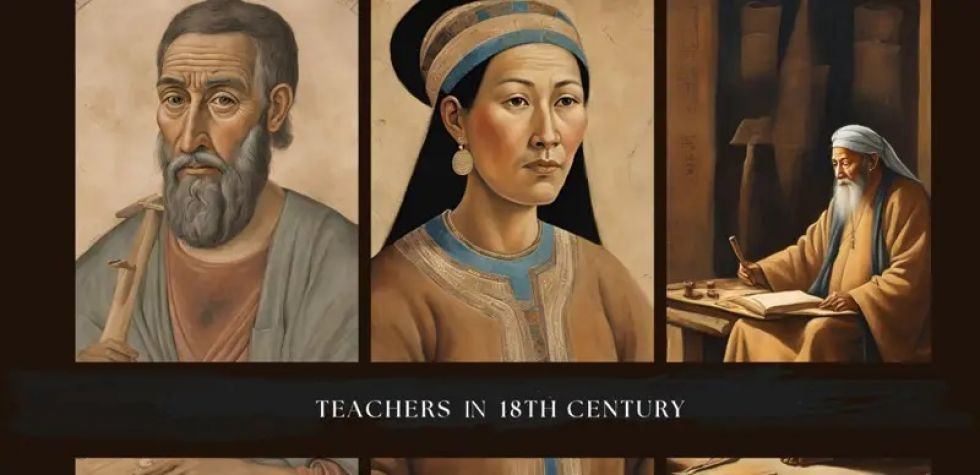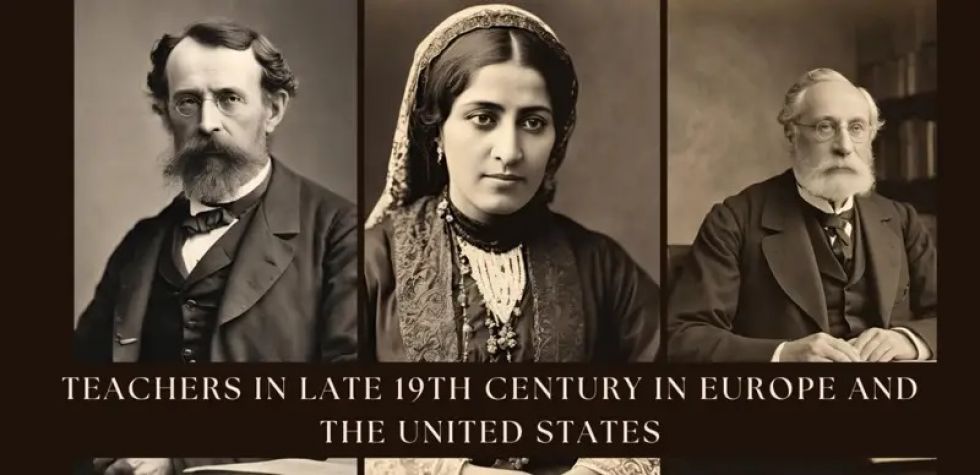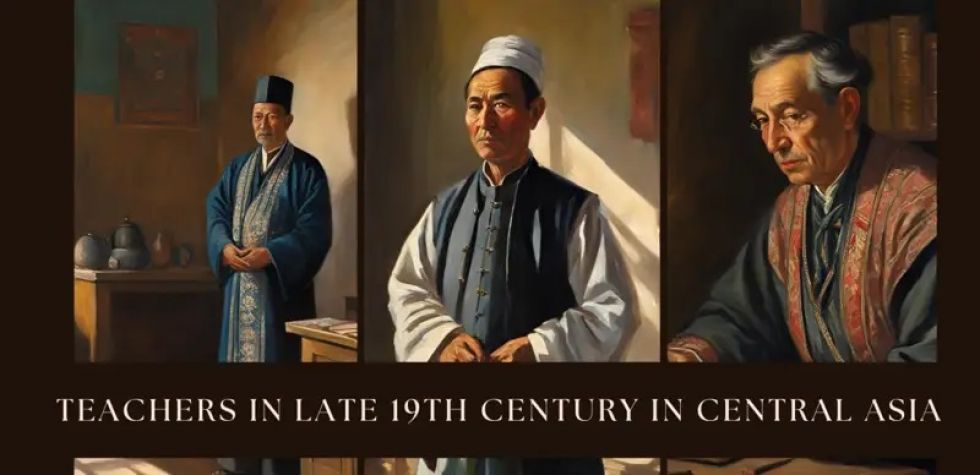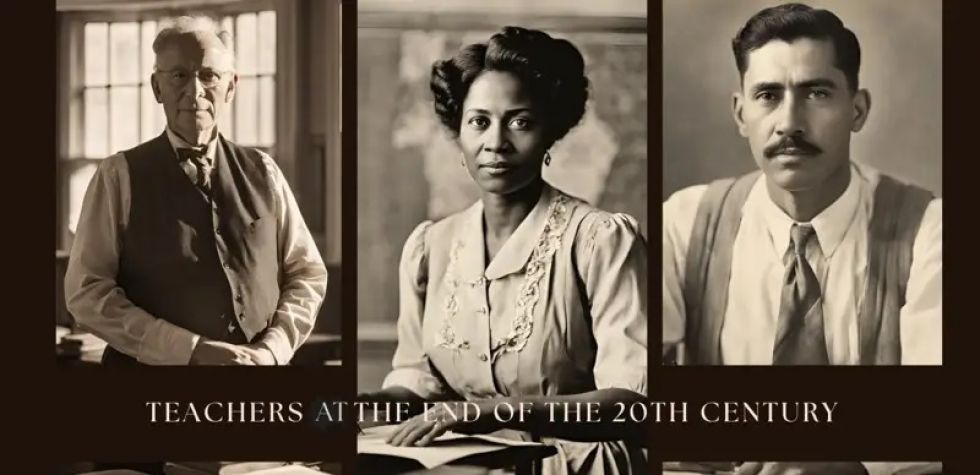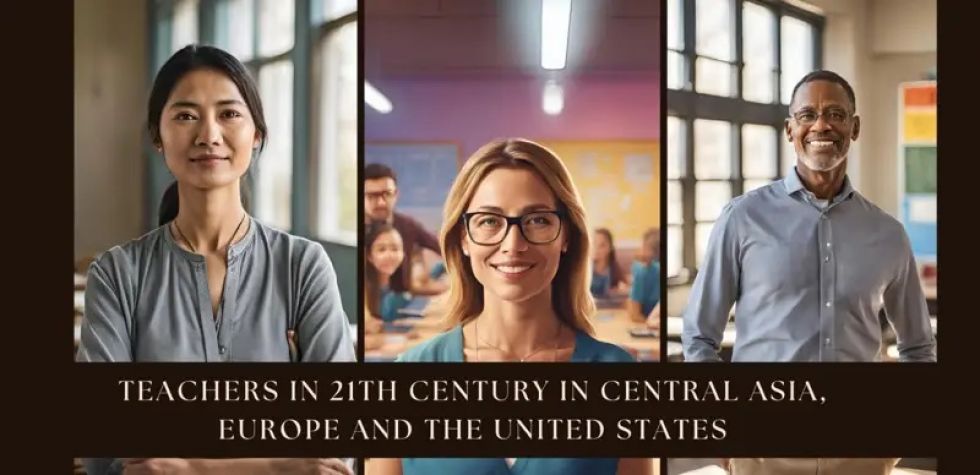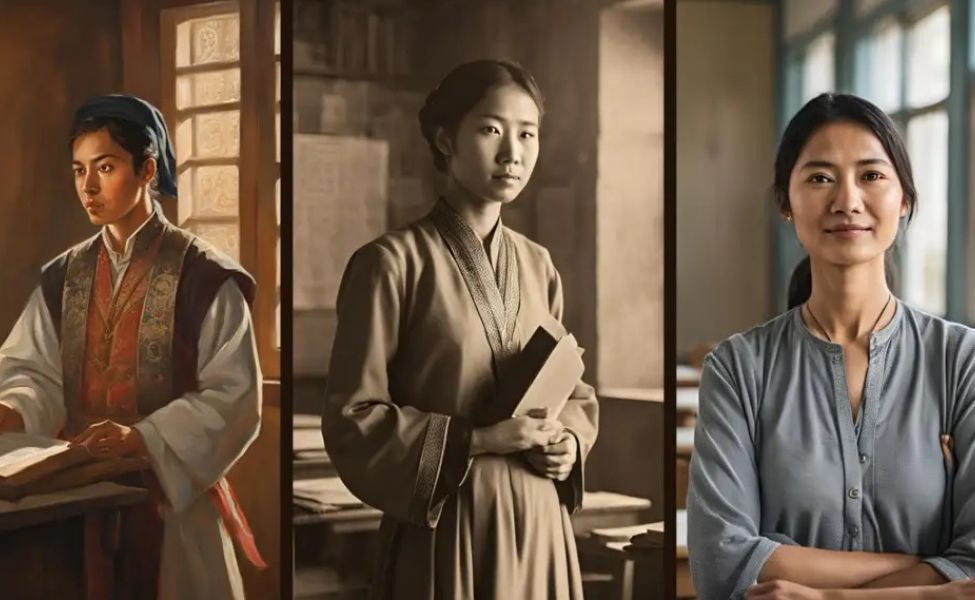
Teaching has come a long way since its inception in ancient societies
On the occasion of Teacher’s Day, celebrated on October 5th, Kazinform News Agency reflects on how the role of educators has evolved and the emerging trends shaping their profession today.
Teachers were crucial in passing knowledge in prehistoric societies such Sumer, Egypt, and Vedic India. "In West Africa, griots, who were storytellers, singers, and musicians, were equally respected for their educational messages," according to University of the People’s analysis of historical teaching practices. Philosophers like Socrates, Plato, and Aristotle acquired respect in ancient Greece for their duties as teachers as much as for their ideas.
As societies grew, their education evolved into increasingly regimented, institutionalized form. Formal education began with the emergence of madrassas and church schools in the Middle Ages, adding disciplines like grammar and astronomy. With uniform curriculum, bigger class numbers, and more administrative responsibilities, compulsory education carried in the 19th century helped to further change the profession.
Emphasizing the awareness of students' cognitive development, the University of the People notes that the 20th century gave teaching a psychological aspect. Modern education has been shaped by the trend of the teacher playing not only a knowledge delivery but also a psychological and emotional needs catering function for their students.
Mostly shaped by diversity and technology breakthroughs, the 21st century has brought major changes to the teaching profession. Tatjana Ponorac notes that “In the past decade or two teaching has changed significantly, so much in fact that schools may not be what some of us remember from our own childhood. Changes have affected both the opportunities and the challenges of teaching, as well as the attitudes, knowledge, and skills needed to prepare for a teaching career.” She emphasizes four main tendencies changing the function of teachers in the modern world: more diversity, more instructional technology, more responsibility, more professionalism.
Diversity among students “has made teaching more fulfilling as a career, but also made it more challenging in certain respects,” Ponorac explains. More linguistic, cultural, and developmental variations define the classrooms today than they did years ago. Teachers have to modify their approaches to fit children with unique educational needs, second languages, and a wider spectrum of age range.
The introduction of educational technology has transformed lesson delivery even further. Ponorac notes that computers and the internet are now fundamental instruments for research, communication, and teamwork, therefore, “technology has created new ways for students to learn.” Although modern technologies present fresh opportunities, they also provide new difficulties for educators who have to teach students to distinguish legitimate knowledge from false information and learn how to use them efficiently. Ponorac notes, underlining the change from the conventional "full-frontal teaching" style to a more facilitative, student-centered approach, technology “has also altered how teachers can teach most effectively, and even raised issues about what constitutes “true” teaching and learning."
Since greater responsibility has become a major concern in modern education, schools and teachers are now expecting higher standards. Ponorac notes that “the attention has increased the importance of education to the public and improved education for some students. But it has also created new constraints on what teachers teach and what students learn.” It has, however, also imposed limitations due to the pressure to satisfy criterias that limit classroom creativity because of the emphasis on standardized testing and approved course of instruction.
Ponorac also draws attention to the rising degree of teacher professionalism. "Now more than ever, teachers are able to assess the quality of their own work as well as that of colleagues, and to take steps to improve it when necessary," she says. This change calls for teachers to keep developing their methods while handling other difficulties of their line of work.
Emotional intelligence, wellbeing, and tailored learning will remain as the main priorities of the evolution of teaching. Today's teachers are mentors, counselors, and facilitators in addition to the role of an educator. COVID-19 pandemic has highlighted even more the complexity of the profession since it now calls for managing psychological, sanitary, and technological problems on top of the usual obligations.
The classroom will most likely continue to be changed in the next decades by the integration of artificial intelligence, tailored learning systems, and additional educational technologies. Though technology will become more and more important, the demand for qualified and adaptable teachers will stay the same.
Collage credit: Canva.


